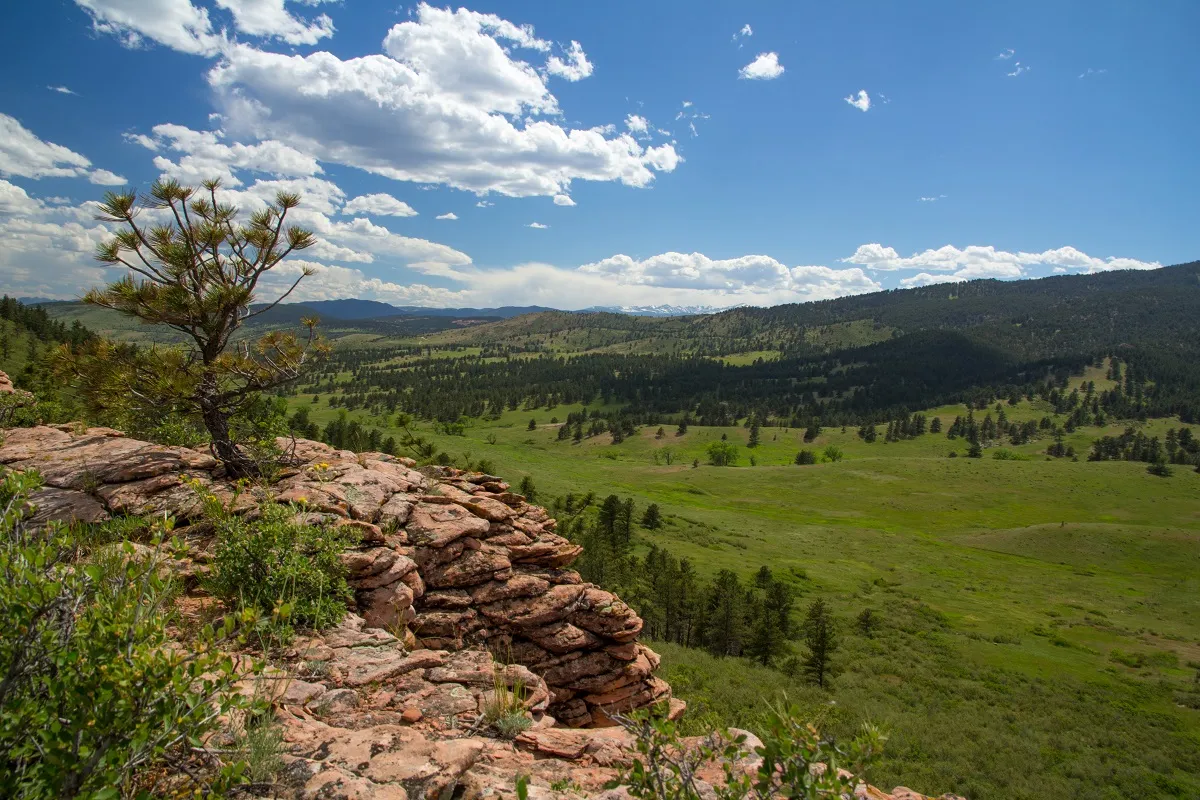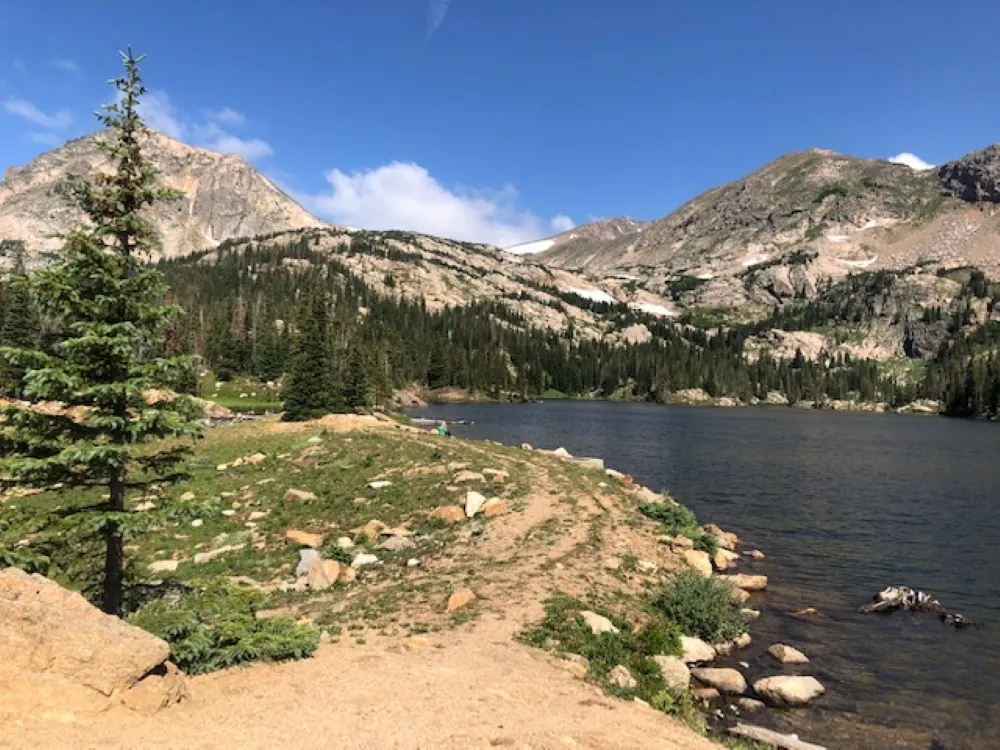Revised NISP plan would pump more water into Poudre
BERTHOUD — Responding to last year’s sharp criticism from citizens and some governmental bodies, the Northern Colorado Water Conservancy District has revised a planned water project in order to provide a larger, steadier flow of water in the Cache la Poudre River as it flows through Fort Collins.
Northern Water’s proposed Northern Integrated Supply Project, awaiting approval by the U.S. Army Corps of Engineers, would include creating Glade Reservoir, northwest of Fort Collins, and Galeton Reservoir east of Ault, along with a system of linking pipelines to pump water to users to the south.
The new plan approved by Northern Water’s board on Thursday would include releasing 14,000 acre-feet of water a year from Glade Reservoir into the Poudre for a 12-mile stretch through the city, then capturing it again at the “Timnath Inlet” near East Mulberry Street west of Interstate 25 through a pumping station and pipeline that would carry it down the Larimer-Weld county line to Northern Water’s Southern Water Supply Project, which serves communities from Broomfield to Fort Morgan.
SPONSORED CONTENT
Brian Werner, Northern Water’s communications manager, said the “refined conveyance” plan approved Thursday was designed to help allay opponents’ fears that by draining water from the Poudre as it flows through Fort Collins, NISP would limit opportunities for recreation that include tubing, whitewater kayaking and fishing. The Fort Collins City Council late last summer unanimously voted to conditionally oppose the project, based on a report from a broad range of city departments that listed concerns about water-quality degradation that could cause the city to spend tens of millions of dollars on extra water treatment, as well as what they saw as an incomplete supplemental draft environmental impact statement by the Corps.
“We looked at the comments on the supplemental draft, and you have to address those impacts,” Werner said Friday. “We’ve been working on it ever since the supplemental draft came out last year, and kept asking ourselves, ‘Is there any other ways we can keep a little more water in the river other than the 3,000 acre feet a year the original NISP plan would have let through.’ ”
The revised plan also would eliminate a proposed pipeline from Horsetooth Reservoir, west of Fort Collins, into the NISP system, Werner said — another response to public concerns.
“But there’s a cost associated with all this — maybe tens of millions for the infrastructure itself, and probably $30 million to $40 million overall, including the pumping plant to get it back into the pipeline, so our participants have had to chew on that for a while,” Werner said. “But they eventually bit the bullet and said we needed to respond to the concerns and enhance the aquatic habitat.
“We met with Fort Collins once on this, and it’s something that’s going to take a little while to refine,” Werner said, “but it’s something that we think makes a lot of sense. This goes into the enhancements category. It’s a huge step for the NISP participants. There is a cost involved — but I think it shows that they are committed to try to do what they can for the environment. We think it’s a big step.”
Neither John Stokes, the director of the city of Fort Collins’ Department of Natural Resources who was among the most blunt critics of NISP in city government last year, nor Gary Wockner, head of the activist group Save the Poudre, were available for comment Friday afternoon. In an email to supporters, however, Wockner said he had requested a meeting with Northern Water and supporting documents about the revised plan.
About a dozen cities and towns and four water districts have signed up to buy water from the project if it wins final approval from the Corps. Supporters see NISP as crucial to keeping up with the growing demands of development, industry and agriculture along the Front Range and catching rainwater and snowmelt for use in drier years.
Revised NISP plan would pump more water into Poudre





